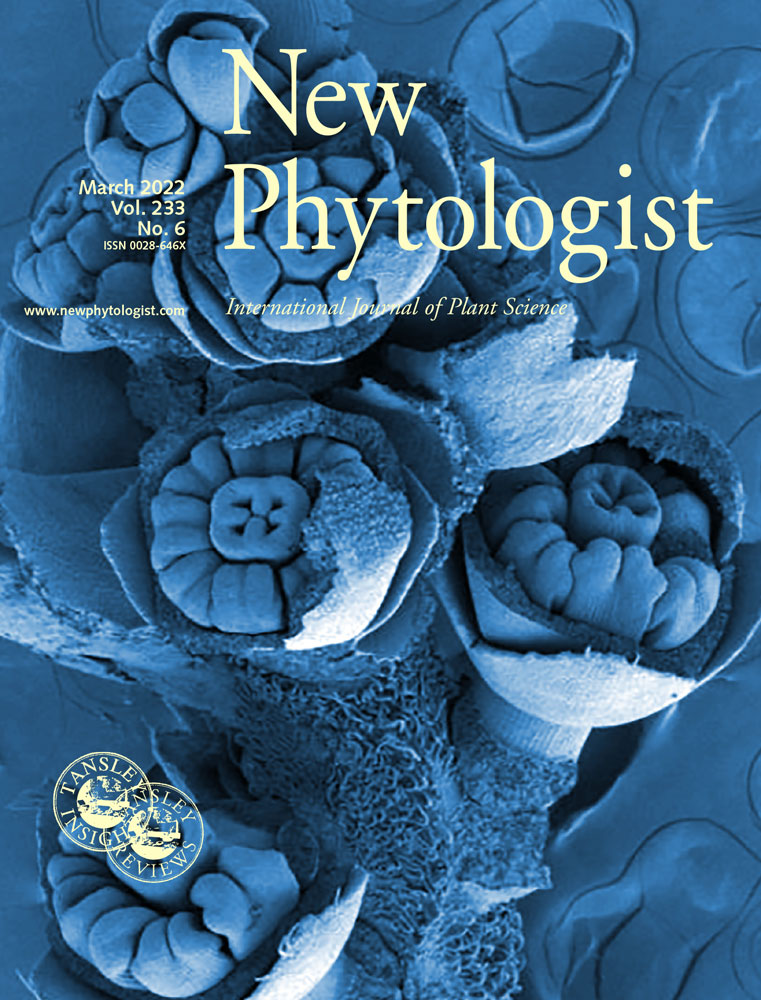The origin of sweetpotato, a hexaploid species, is poorly understood, partly because the identity of its tetraploid progenitor remains unknown. In this study, we identify, describe and characterize a new species of Ipomoea that is sweetpotato’s closest tetraploid relative known to date and probably a direct descendant of its tetraploid progenitor. We integrate morphological, phylogenetic, and genomic analyses of herbarium and germplasm accessions of the hexaploid sweetpotato, its closest known diploid relative Ipomoea trifida, and various tetraploid plants closely related to them from across the American continent. We identify wild autotetraploid plants from Ecuador that are morphologically distinct from Ipomoea batatas and I. trifida, but monophyletic and sister to I. batatas in phylogenetic analysis of nuclear data. We describe this new species as Ipomoea aequatoriensis T. Wells & P. Munoz sp. nov., distinguish it from hybrid tetraploid material collected in Mexico; and show that it likely played a direct role in the origin of sweetpotato’s hexaploid genome. This discovery transforms our understanding of sweetpotato’s origin.
Discovery and characterization of sweetpotato’s closest tetraploid
Citation: Muñoz‐Rodríguez, P.; Wells, T.; Wood, J. R. I.; Carruthers, T.; Anglin, N. L.; Jarret, R. L.; Scotland, R. W. 2022. Discovery and characterization of sweetpotato’s closest tetraploid relative. New Phytologist. ISSN 1469-8137. 10 p.
2022-02-18
GENETIC RESOURCES, GENETICS, GENOMICS AND CROP IMPROVEMENT SCIENCES GGCI, SWEETPOTATO AGRI-FOOD SYSTEMS, SWEETPOTATOES
SOUTH AMERICA
ECUADOR
journal_article

